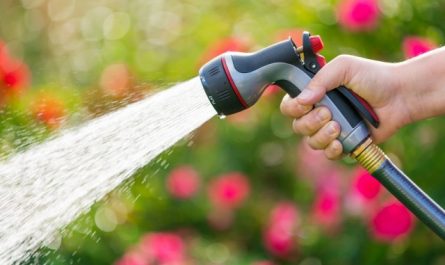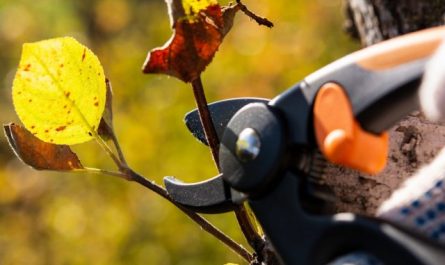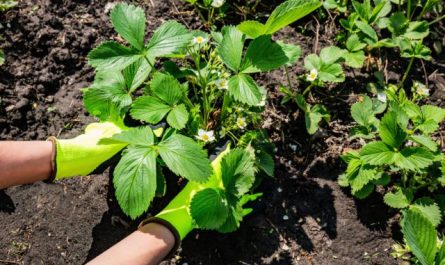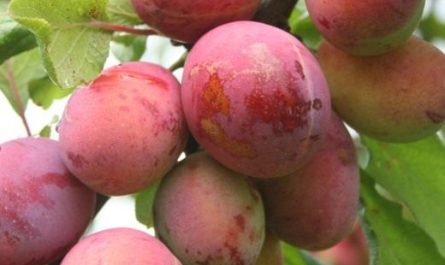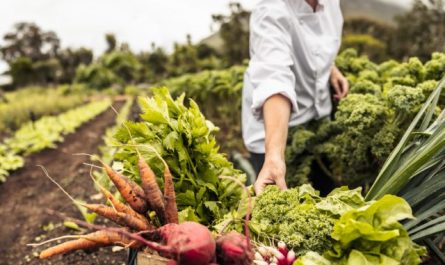No matter how modest the garden or homestead plot is, there is always room for cucumbers. Experienced housewives will definitely find time to roll up several jars of their cucumbers for the winter. Indeed, why buy them in supermarkets at a crazy price, when with minimal care and compliance with agricultural technology you can grow an excellent harvest? At the same time, only organic fertilizers can be used as fertilizers. What types of them are, how to prepare them at home and use them correctly, you will learn from this article.

1. Wood ash
Ash contains a lot of phosphorus and potassium, which is necessary for the development of a strong root system and green mass. In addition to the main elements, ash contains about 30 more useful compounds, including magnesium and manganese. Sodium, which is also part of it, serves as a catalyst for better absorption of nutrients by plants. The largest amount of potassium is found in the ash of young growth, hardwood, and foliage. Spruce ash is rich in calcium, and oak ash is rich in phosphorus.
Ash feeding is carried out during the period of growth and fruiting of cucumbers. Plants are watered with ash infusion every 2 weeks. The technique for its preparation is very simple.
- Prepared firewood, cuttings of branches, vines, leaves and tops are placed in a barrel and carefully burned. In an open space they will burn faster, but there is a risk of fire from flying sparks, and half of the valuable raw material will be blown away by the wind during the cooling process.
- It is better to store ash in tanks or boxes with lids. It is not worth collecting it in sealed bags or jars, as condensation may form and the fertilizer will lose most of its useful properties.
- For watering, use an ash solution and a decoction. They differ in the technique of preparation. The solution is immediately ready for use, diluted immediately before watering at the rate of 1,5 cups of ash per bucket of water. The decoction is prepared using boiling water, you can additionally boil the mixture for 30 minutes. The proportions of water and ash are 3:1, the resulting mixture is diluted in a ratio of 3 cups of the mixture per bucket of water. It is used for watering and spraying against leaf pests.
Cucumber seeds are soaked in an ash solution before planting to boost immunity and improve germination. When planting, the ash is mixed with soil and added to the bottom of the hole. Sometimes, for a longer effect, 2 tablespoons of fertilizer are poured into the root zone of the plant, and then watered as usual.

2. Mullein and bird droppings
The use of this type of organic fertilizer gives excellent results. Cow manure can be diluted in water immediately, bird manure should be “burned out”, it is very aggressive and plants are watered with its solution very carefully, in a ratio of 1:10. To make the mixture suitable for consumption, the raw material is poured with water and left to ferment for several days in sunny weather.
Chicken manure or mullein is applied only under the root of the bush, avoiding contact with the leaves. Cucumbers respond well to alternating ash and manure fertilizers. Such fertilizers do not affect the taste and smell of ripe fruits, especially when the vines are tied to a trellis. Such fertilizer for cucumbers is used when growing both in a greenhouse and in open ground.
3. Yeast
This means for feeding cucumbers is used no more than 3 times per season. Yeast stimulates growth, increases resistance to fungal infections, promotes normal development of leaves, strengthens the root system of plants.
Yeast is used in 2 ways: as root watering and external spraying. You should immediately tune in to the fact that this undoubtedly useful solution has a specific smell. It will have to be stored only in a tightly closed container or prepared in portions.
The mixture requires 0,5 kg of yeast, 3 liters of water and 60 g of sugar. If you cook without scales, then take a little more than half a glass of sugar. It is best to use fresh baker’s yeast, the effect of instant and granulated yeast will be much weaker.
This organic fertilizer for cucumbers is infused in a warm place for 3 days with regular stirring. The jar cannot be closed, it must have free access to air.
Watering is carried out with a yeast solution in a ratio of 1 glass of mixture per bucket of water. The norm for 1 bush is 0,5 liters.
When spraying cucumber leaves, the concentration and application rate are similar.

4. Onion peel
Throwing it away is an unaffordable luxury. Not only does rinsing with a decoction of the husk restore color and elasticity to the hair, it also treats the scalp. It contains a whole list of elements necessary for good growth and development of cucumber bushes. The product strengthens the plants, serves as a preventive measure against diseases and pests.
The infusion is prepared in a cold way through fermentation. For 5 liters of water, 20 grams of dry onion skins are enough. The infusion time is 5 days. Suitable for watering and spraying once every 1 days.
To make a decoction, simmer 1,5 liters of water with a handful of husks for 7-9 minutes over low heat. Then add 3 parts of water, water or spray at a rate of 2 liters per 1 plant.
5. Herbal infusions
Do not neglect to put aside the grown burdock, grass mown around the plot, aloe. The green mass makes a great organic fertilizer for cucumbers and other fruit and ornamental plants. To do this, the herbs are chopped, tightly packed into a barrel, filling it a third, and topped up with water almost to the top.
The mixture will reach the desired condition in 10 days. But you can’t use pure herbal infusion to fertilize cucumbers. It needs to be diluted with water for watering. I recommend a ratio of about 1:10. Watering frequency is once a week.

Rules for applying organic fertilizers
The lack of individual elements can be easily tracked by changes in the shape and color of cucumber leaves. It is worth considering that foliar feeding gives the fastest effect, when fertilizers are sprayed on the surface of the bush. But root organic feeding for cucumbers retains its effect longer, acts gradually and is better absorbed.
Nitrogen fertilization is necessary if the seedlings have started to turn yellow or if young plants are experiencing massive loss of leaves or wilting of shoots.
It is worth considering:
- nitrogen deficiency organic fertilizers such as bird droppings, manure, and herbal infusion will also replenish the supply;
- potassium deficiency will eliminate additional watering with ash infusion;
- required level phosphorus restore by spraying cucumbers with ash broth;
- RџSЂRё calcium deficiency in soil and high acidity levels, an infusion of eggshells will help. It is prepared at the rate of 3 tablespoons of crushed raw materials per 10 liters of water. For complex feeding, it is combined with a mixture of waste from peeling potatoes, carrots and bananas. They are rammed into a barrel by 1/3 and topped up with water. The infusion is kept for a week, applied under the root.
For cucumbers, abundant watering is very important, especially during the period of formation of ovaries and growth of fruits. It can be combined with additional feeding.
In order for the absorption to be complete, the plant needs a certain amount of time. Therefore, there is no point in feeding every day. It is better to follow the sequence, for example, today – feeding with ash, in two weeks – with mullein, in two more weeks – with onion peel infusion.
Dear readers! Organic fertilizers are literally nearby, you just need to show a little patience when preparing them, and then the harvest will be abundant, environmentally friendly and very tasty. At the same time, remember that organic fertilizers for cucumbers can be successfully alternated with mineral ones if necessary.
